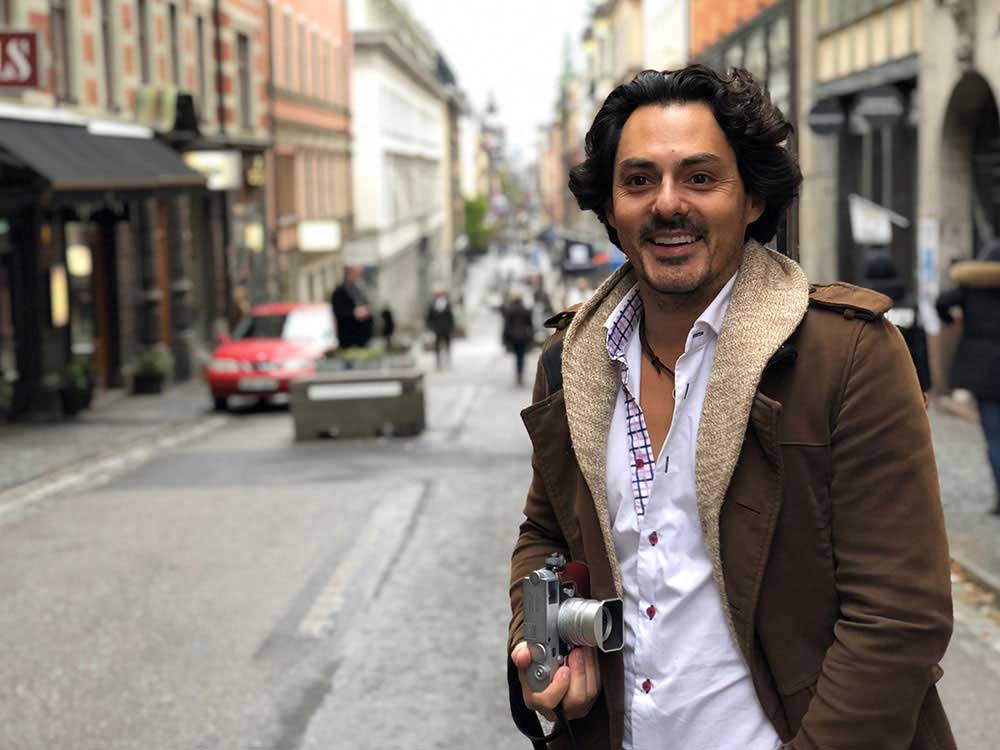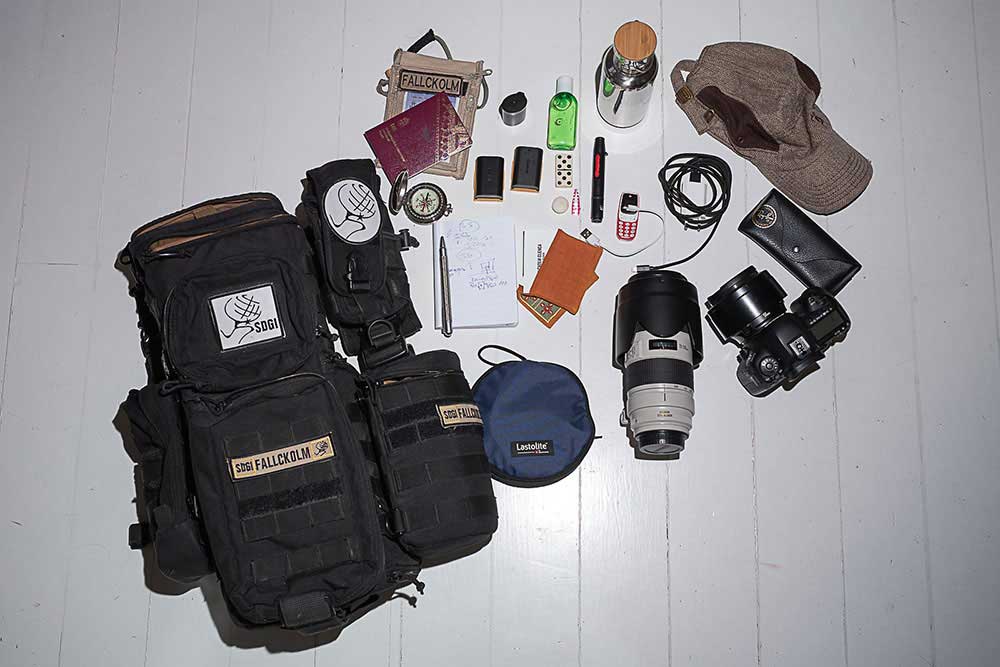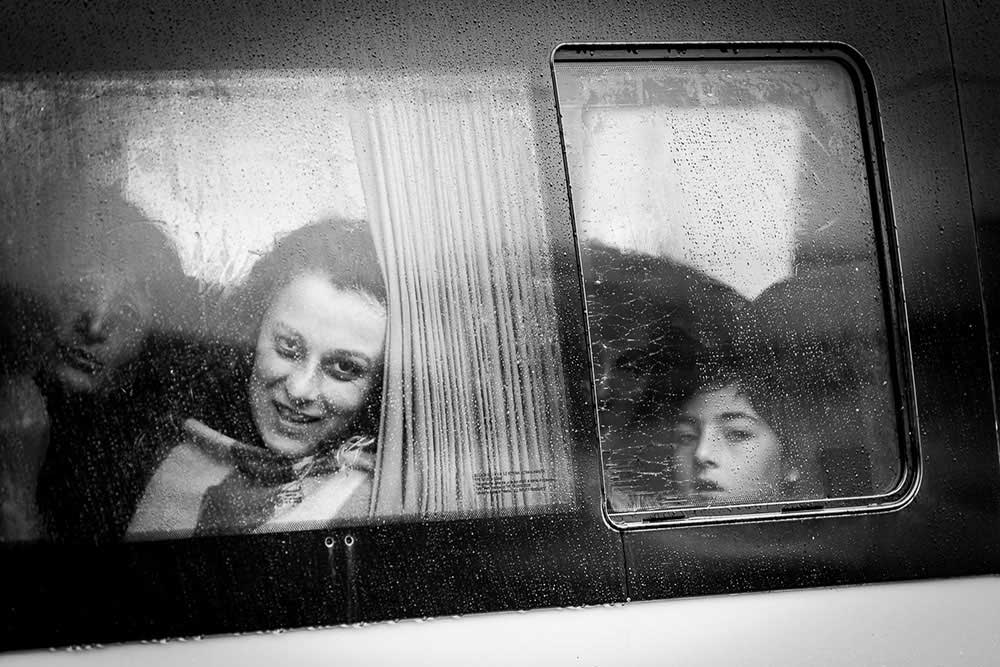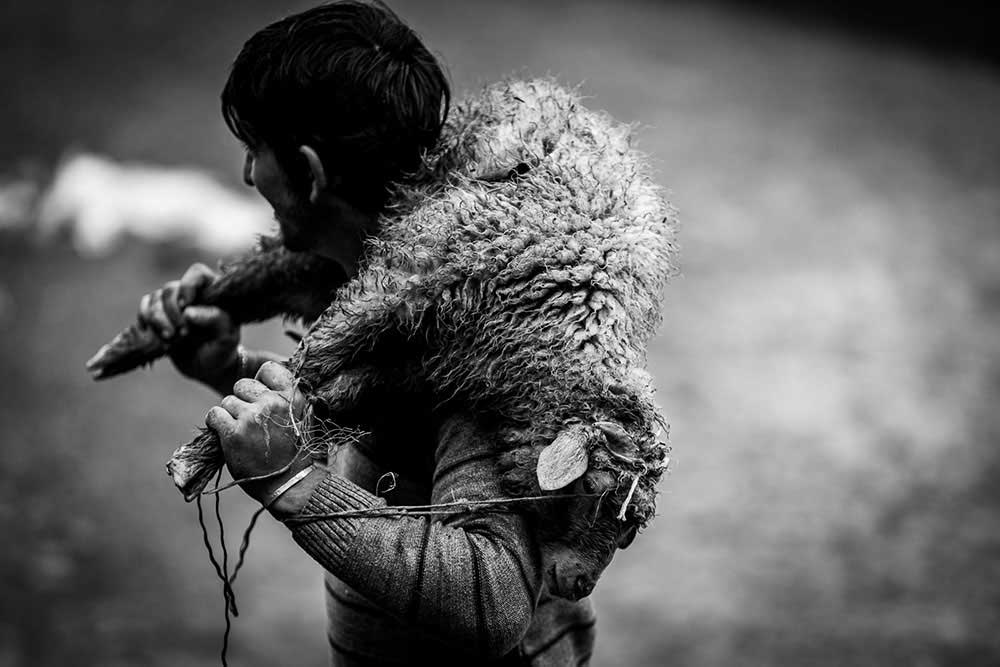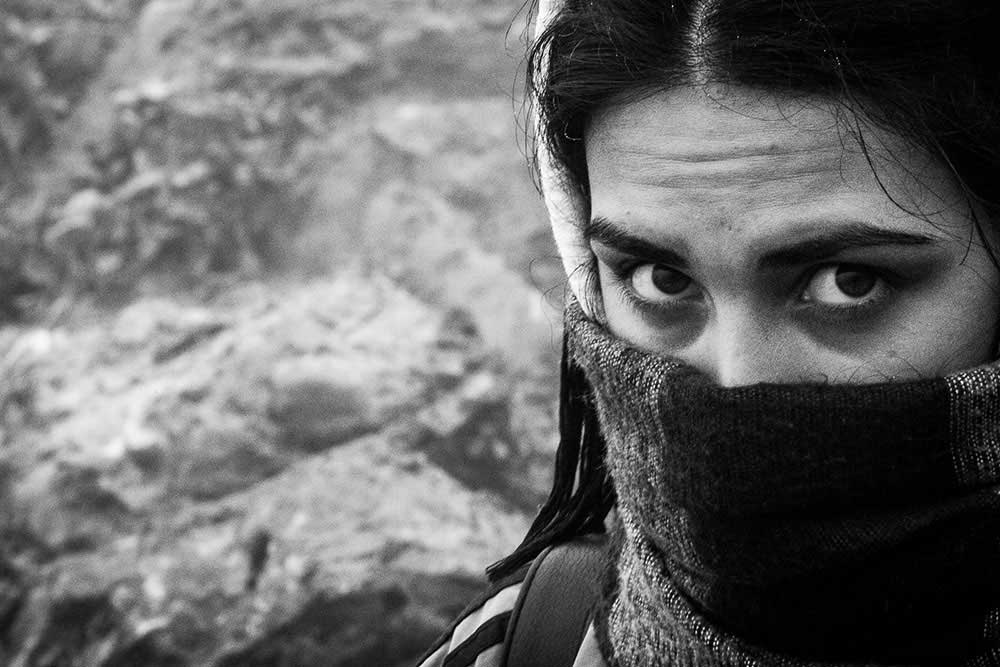Fallckolm Cuenca found photography through his work in peace, security and development.
Since 2003, when he bought his first Digital SLR, he has worked in the Middle East, Latin America, Central and Eastern Asia, Western Africa as well as the Caucasus for a number of national organizations, as well as the United Nations and the European Union.
The camera has not only been a creative outlet but also an increasingly important companion in a perceived need to keep the world close. Most importantly, photography has become an excellent vehicle for documenting the things he feels strongly about – his development and humanitarian work. [Official Website]
Can you tell us a little about yourself?
I think it is difficult to talk about myself without mentioning my parents first. My father is from El Salvador and my mother from Bulgaria. They met at the hight of the Cold War when attending medical school in Sofia. In the 70s, my father ended up in Sweden where they moved, and I consequently grew up.
I see myself as a product of the cold war and the gruesome consecutive conflicts that raged El Salvador throughout the 70s and 80s. While I never really experienced the war, I did inherit some of my father’s dedication and have lived with his anxieties and concerns. With hindsight, I am convinced that my parent’s story had significant impact on my life choices.
I studied International Law in Brussels and International Affairs and Politics in Paris. Following my studies, I began working in pace, security and development.
How did you get interested in photography?
Photography was a conscious choice. I really wish there was more magic to it. I had just completed my master’s degree in international law and was struggling with unemployment. I needed something creative and found that photography had become more accessible. I bought a Canon Rebel as soon as it was released and that is how it started. Digital photography appealed to me because it provided instant relief to my need for creativity.
Eventually, as I started working, photography developed into something more than just a creative outlet – a way of documenting my work and keeping the world close.
What’s in your camera bag?
I struggle with this question a lot. In fact, it really depends. It depends on where I am and the type of work that I am doing. In more challenging environments, I try to use my camera bag as a grab-bag which makes it even more difficult to carry all the gear that I want.
For my latest international assignment in Myanmar, I just carried my Leica M-10p and a 35mm lens. It was a personal challenge to be honest.
But, in general, I carry a prime and zoom lens. In addition, I try to bring a small silver reflector, a cloth, spare batteries and card. I try to keep it relatively simple. A notebook and a pen are also a must.
What’s the most surprising thing you carry?
For many years I carried a Domino brick with me. I was working in Panama. A colleague was doing research on HIV and vertical transmission in the Kuna Yala archipelago and she asked me to go with her and document her work. I found the Domino brick on one of the beaches.
Nowadays I seem to find a token from each place I work in. To give you some examples, in Afghanistan I had a small rock from Pol-e Khomri, in Georgia a hairpin my daughter gave me.
What is the one thing you couldn’t live without?
This is a really difficult question. Mostly because I think that we as humans show extreme adaptability. In my work I have seen enough evidence to say with confidence that our will to survive is our strongest instinct.
I think it is easier to answer what is the one thing I don’t want to live without. I am tempted to say the camera, because it has become a rather important extension of myself and my work. Without it I would have to reinvent a large part of my personal raison d’être.
Nevertheless, I must say I that it is my family. In recent years my life partner and my daughter. They are a true source of inspiration and have shown tremendous support.
What are some of the details that you find essential for your style of bags?
I have a bag fetish. Thus, I am yet to find the perfect bag that would fully satisfy my desires. I need compartments, easy access and quick ways to buckle and move. Mobility is key. I need it to be light, protective and large enough to carry everything that one might need in a grab-bag.
In short, impossible to accommodate all my needs. I am slowly coming to terms that the bag design is not really the problem – I am. That is why I am trying to keep it as simple as possible nowadays.
What are the important things for protecting your camera gear?
Good maintenance from the manufacturer. I see the camera just as any other equipment that is used in my line of work. The most important things for protecting your gear in the long run is knowing your gear and maintaining your gear in good condition. Good padding in the bag is always desired. But, it will never be enough to protect even the most sealed equipment from sand, humidity and nature in general.
I want to be able to use the camera as much as possible and then rely on fast, easy and affordable maintenance from the manufacturers.
Can you give me the essential carry kit when traveling the globe (bags, accessories etc.)?
Again, depends on what type of work I am doing. I have extensively used two type of bags – my modular Photo-Recon from Hazard 4 and my Peak Design Messenger.
A laptop and external backup drive are a must. I really like to bring a prime 50 and 70-200 for my Canon 5D mark IV. A small silver reflector, spare batteries, basic cleaning kit, a phone (does not have to be a smartphone), notebook and pen. If I can fit my Profoto A1 flash (to use on and off camera), then that is also a much-appreciated creative tool. For my everyday use I tend to just grab my Leica M-10p and 35mm Summicron lens.



